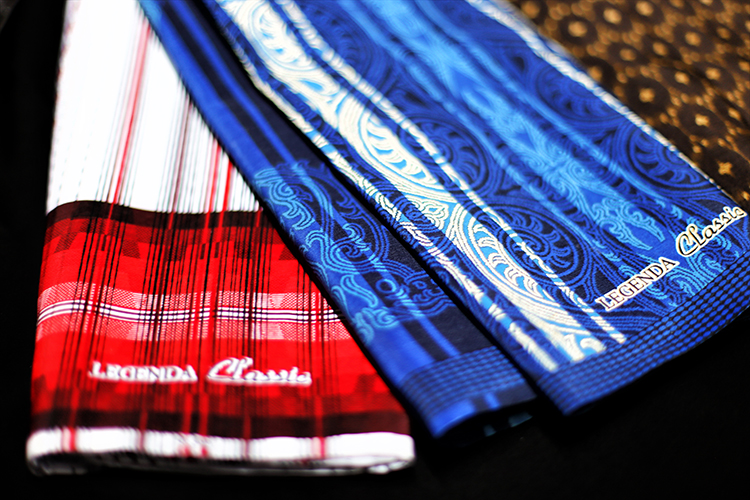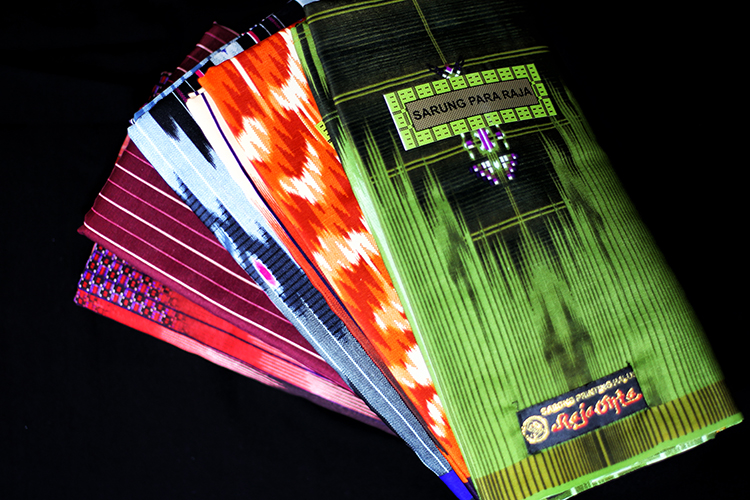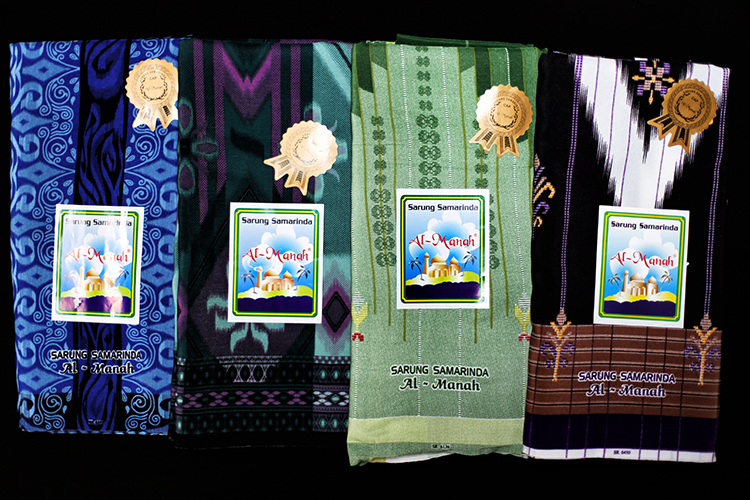- Ph: +62 22 20567010
- gajahmitraparagon@yahoo.com
Description
Sarong or "sarung" denotes the lower garment worn by the Indonesian (and other Maritime Southeast Asian) men. This consists of length of fabric about a yard (0.91 m) wide and two-and-a-half yards (2.3 m) long. In the center of this sheet, across the narrower width, a panel of contrasting color or pattern about one foot wide is woven or dyed into the fabric, which is known as the kepala or "head" of the sarong. This sheet is stitched at the narrower edges to form a tube. One steps into this tube, brings the upper edge above the level of the navel (the hem should be level with the ankles), positions the kepala at the center of the back, and folds in the excess fabric from both sides to the front center, where they overlap and secures the sarong by rolling the upper hem down over itself. Malay men wear sarongs woven in a check pattern; women wear sarongs dyed in the batik method, with, for example, flower motifs, and in brighter colors. However, in Javanese culture, the wearing of batik sarung is not restricted to women on formal occasions such as weddings. The sarong is common wear for women, in formal settings with a kebaya blouse. Malay men wear sarongs in public only when attending Friday prayers at the mosque, but sarongs remain very common casual wear at home for men of all ethnicities and religions in Brunei, Indonesia, Philippines, Malaysia, Singapore, Sri Lanka, and much of the Indian subcontinent.[2] (In South Asia, excluding Sri Lanka, sarongs are typically known as mundu or lungi).



